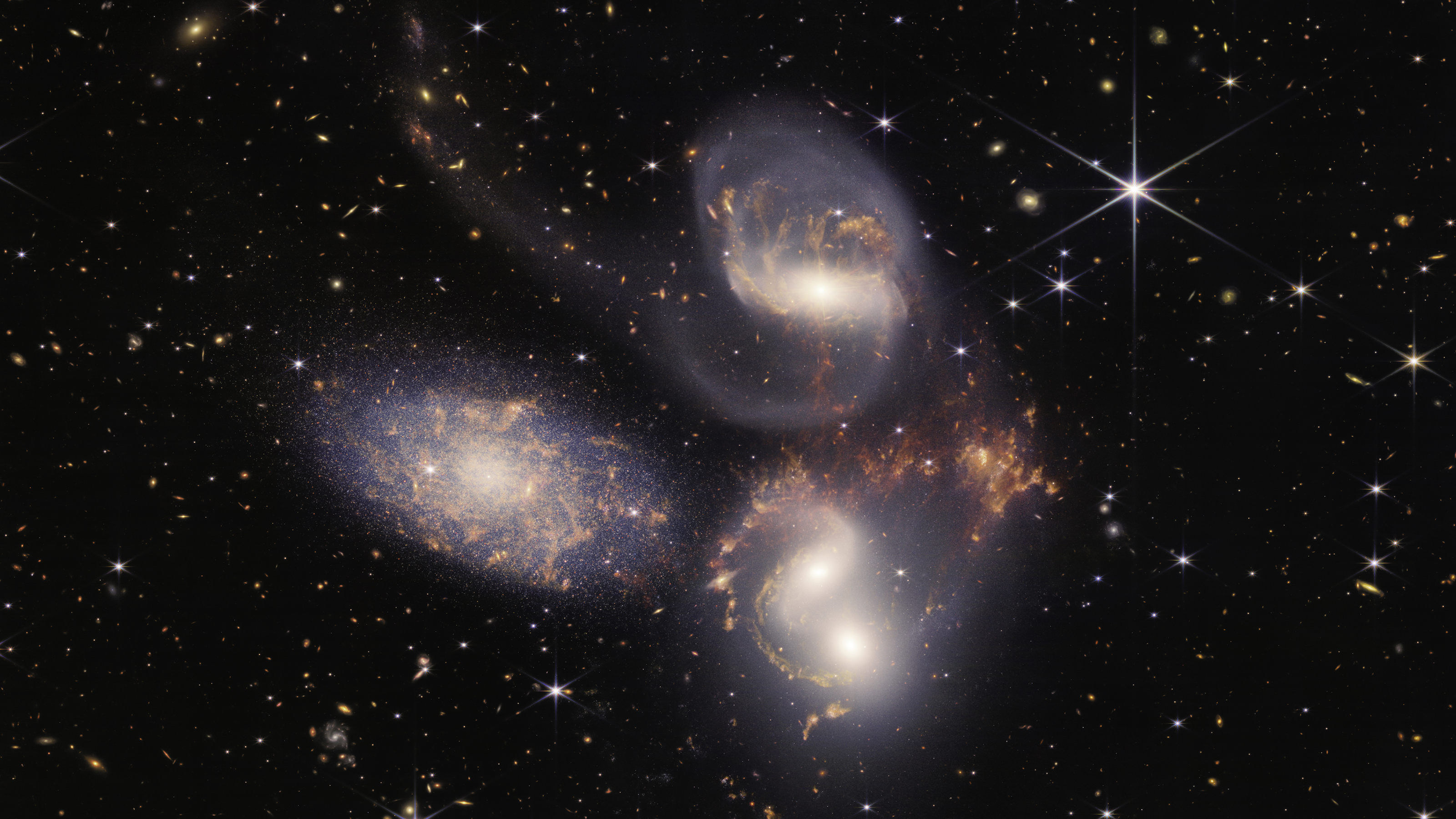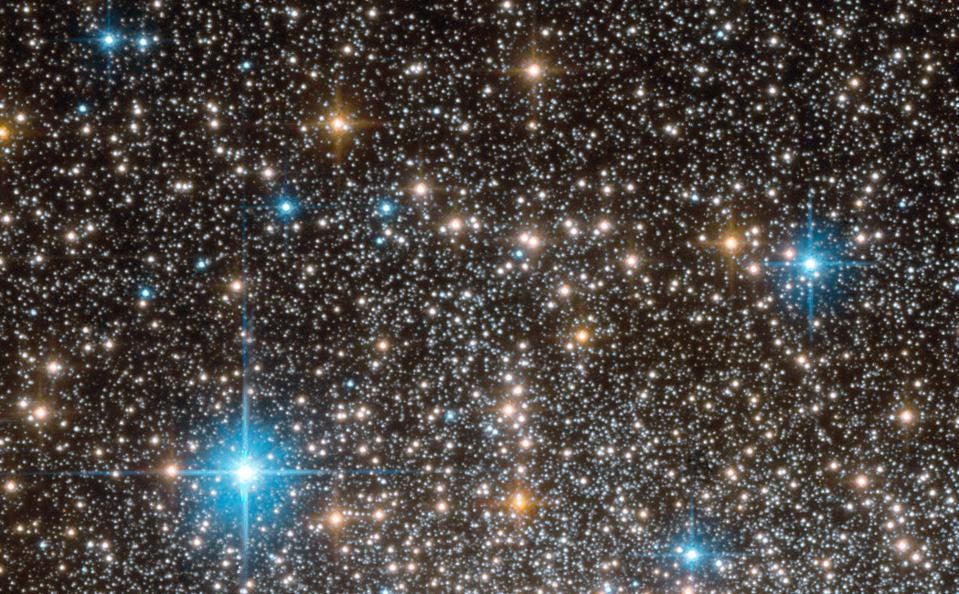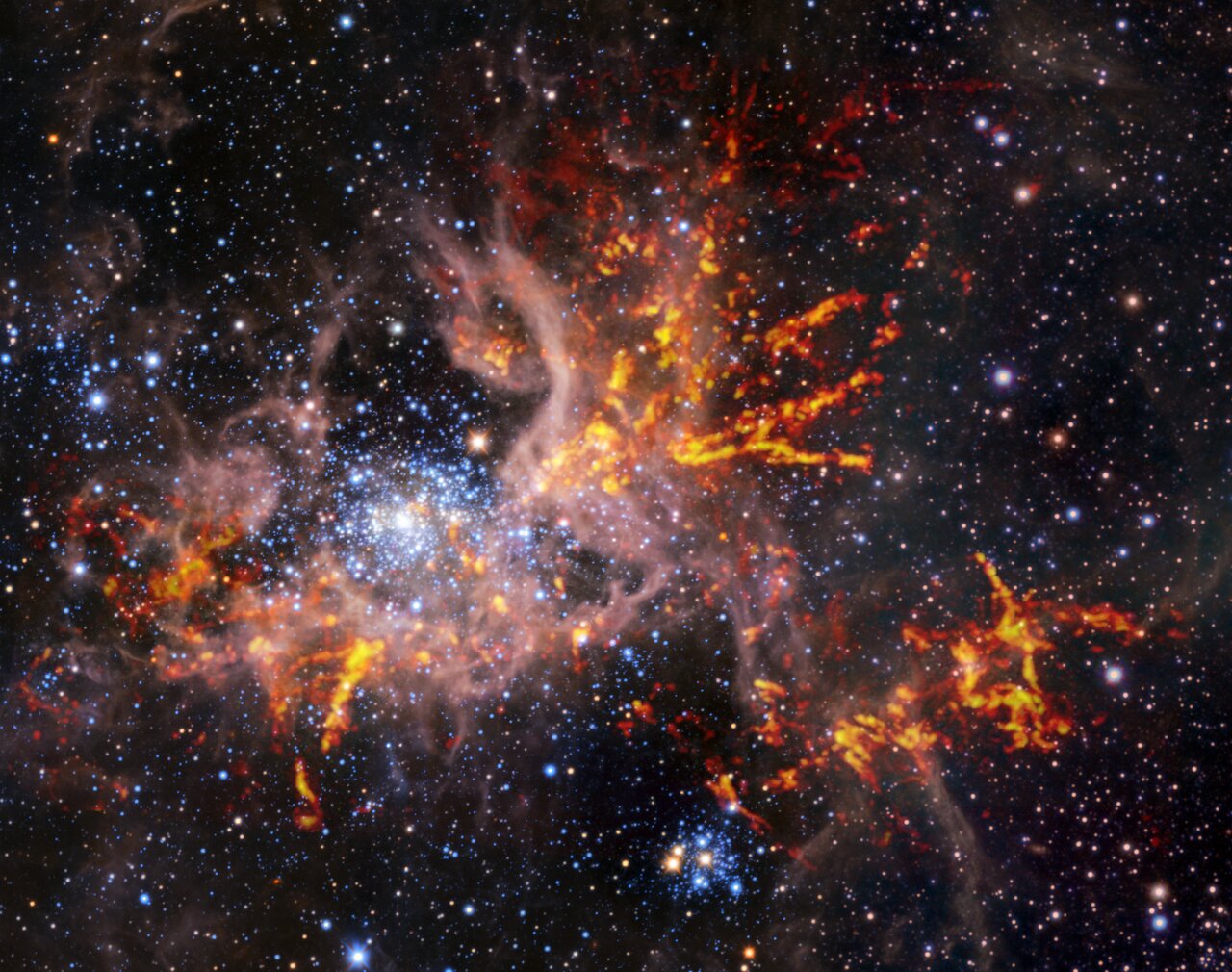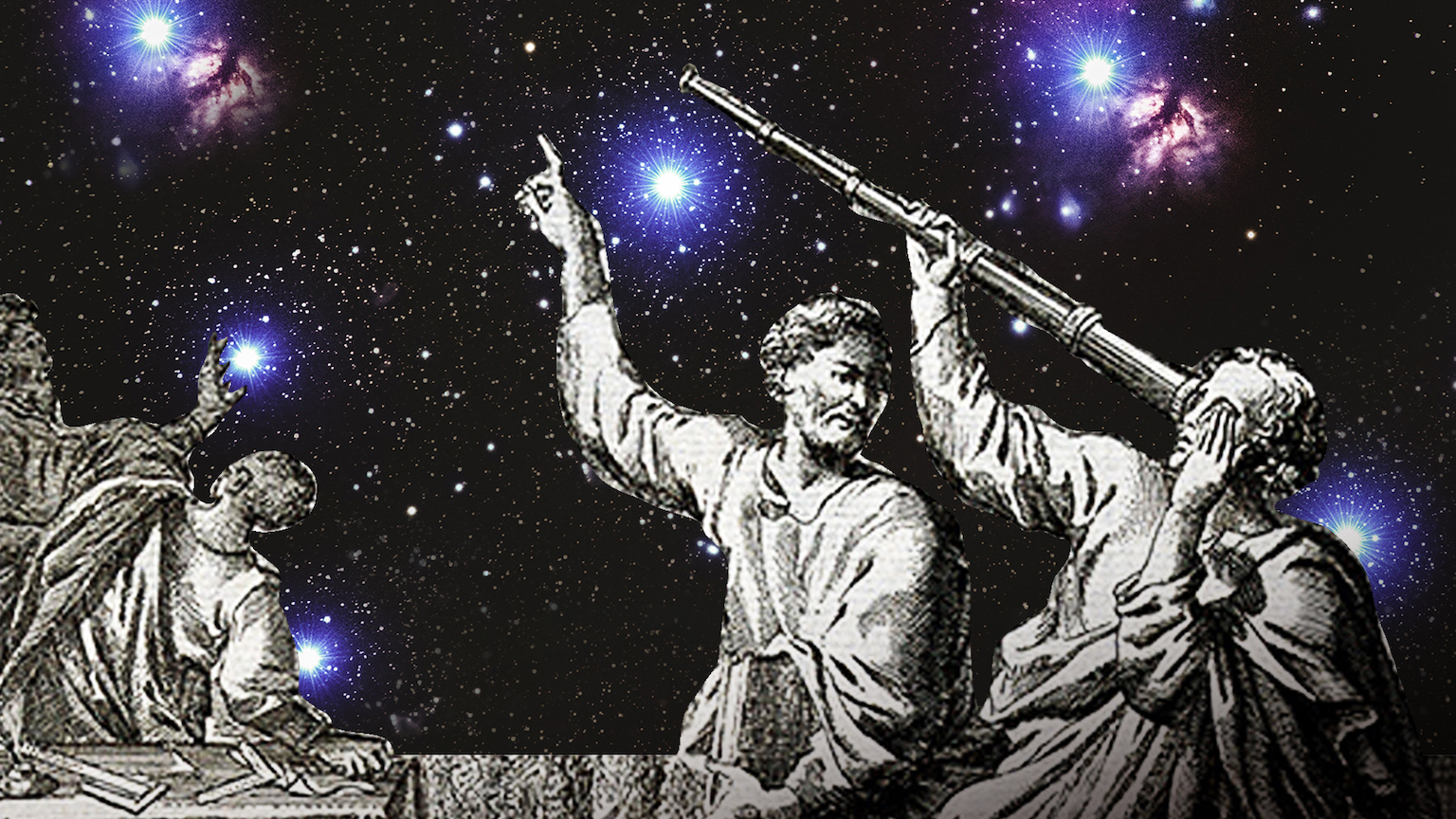Stars die. We’re about to learn a lot more about how and why
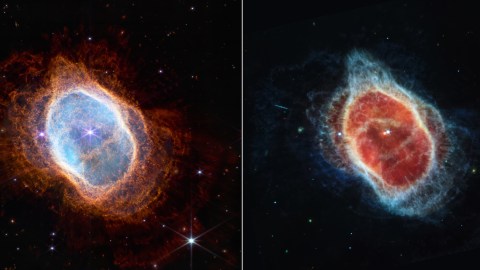
- Stars die in different ways, depending on their mass.
- One of the first images released by the James Webb Space Telescope is of the Southern Ring, a “planetary nebula” that represents the death throes of a star similar to our Sun.
- The Southern Ring is powered by binary stars — a pair of stars born together billions of years ago.
Stars die. This came as an amazing discovery, since for most of human history, people thought those twinkly lights in the sky were eternal and unchanging. Just like you and me, though, every star has a life cycle, and eventually it expires. Unlike you and me, however, when a star dies, it makes its exit with a show of fireworks that can be seen across a galaxy.
The James Webb Space Telescope reminded us of the details of stellar death when scientists chose to highlight the Southern Ring in one of the telescope’s first released images. The Southern Ring is what is called a planetary nebula, and it is the last gasp of stars like the Sun. Since I am, weirdly enough, one of the world’s experts on these objects — they were the subject of my PhD — this is a good opportunity for me to give you the skinny on what these remarkable images show.
Stars die in the wind
When stars like the Sun die, they don’t go supernova and blow themselves to bits in a single, apocalyptic explosion. That only occurs for what we astronomers characterize as massive stars, meaning stars that begin their life with more than eight times the mass of the Sun. Stars with less mass die more slowly. Winds from their surface blow matter into space and slowly strip them down their cores. These stellar winds change character as the star nears its end point. Right now, the Sun is blowing a wind into space, but it is so tenuous — in other words, not at all dense — that it would take the entire age of the Universe to strip our star away. But in about 5 billion years, the Sun’s winds will get much denser, reducing that stripping time to a mere 10,000 years.
Before the dense wind removes the Sun’s mass altogether, however, the character of the outflowing gas will change again. It will become tenuous but also very, very fast. At that point, all that will be left of our once mighty star will be the naked, shriveled, but still very hot core — the kind of stellar cinder that astronomers call a white dwarf.
We can watch that very story play out in the James Webb images of the Southern Ring. Let’s focus on the left-hand picture, which was taken in near-infrared light. All that brown-colored material making up the outer ring is starstuff. It is material that was once part of the star but was blown into space during the dense stellar wind phase. The bright inner bubble that appears in a hue of blue in the image is being evacuated by the fast, tenuous wind blowing off the white dwarf in the center.
Because James Webb is such a big telescope with such great resolving power, and because it can display images in wavelengths we cannot see well from the ground, this picture is showing us insane levels of detail about how the wind material evolves as it flows off into space. Look at the fine structure in the brown-colored material. Those clumps and blobs might be structures that form as the gas cools on its journey away from the star. They might also be the result of powerful magnetic fields that snapped off the star as the gas was blown into space. Either way, now that we can see the structures, we can get to work doing the science that will tell us which process is at work, and how it affects this gas, which may one day find its way into another star, or even a planet.
Nebulous discoveries
The really lovely thing this image shows us is that there is more than one star at the heart of this nebula. The image on the right was taken in longer wavelengths of light that allow astronomers to see through all the dust at the nebula’s center. Thus we see clearly that the Southern Ring is actually being powered by binary stars — a pair of stars born together billions of years ago. The more massive of the twins has aged faster. It has lost all its mass in the winds and is now a white dwarf. The other star is less massive, which means that it ages more slowly.
The recognition that the brightest planetary nebulas are powered by binary stars has been a big story in the field over the last decade. In many cases it appears that the presence of the second star can have dramatic effects on how a nebula evolves.
This image of the Southern Ring is just the beginning of what the James Webb Space Telescope will offer. The giant telescope orbiting beyond the Moon will give us many new views of stars dying, stars being born, galaxies at the dawn of time, and planets where life may have taken hold. It’s going to be a wild ride.
